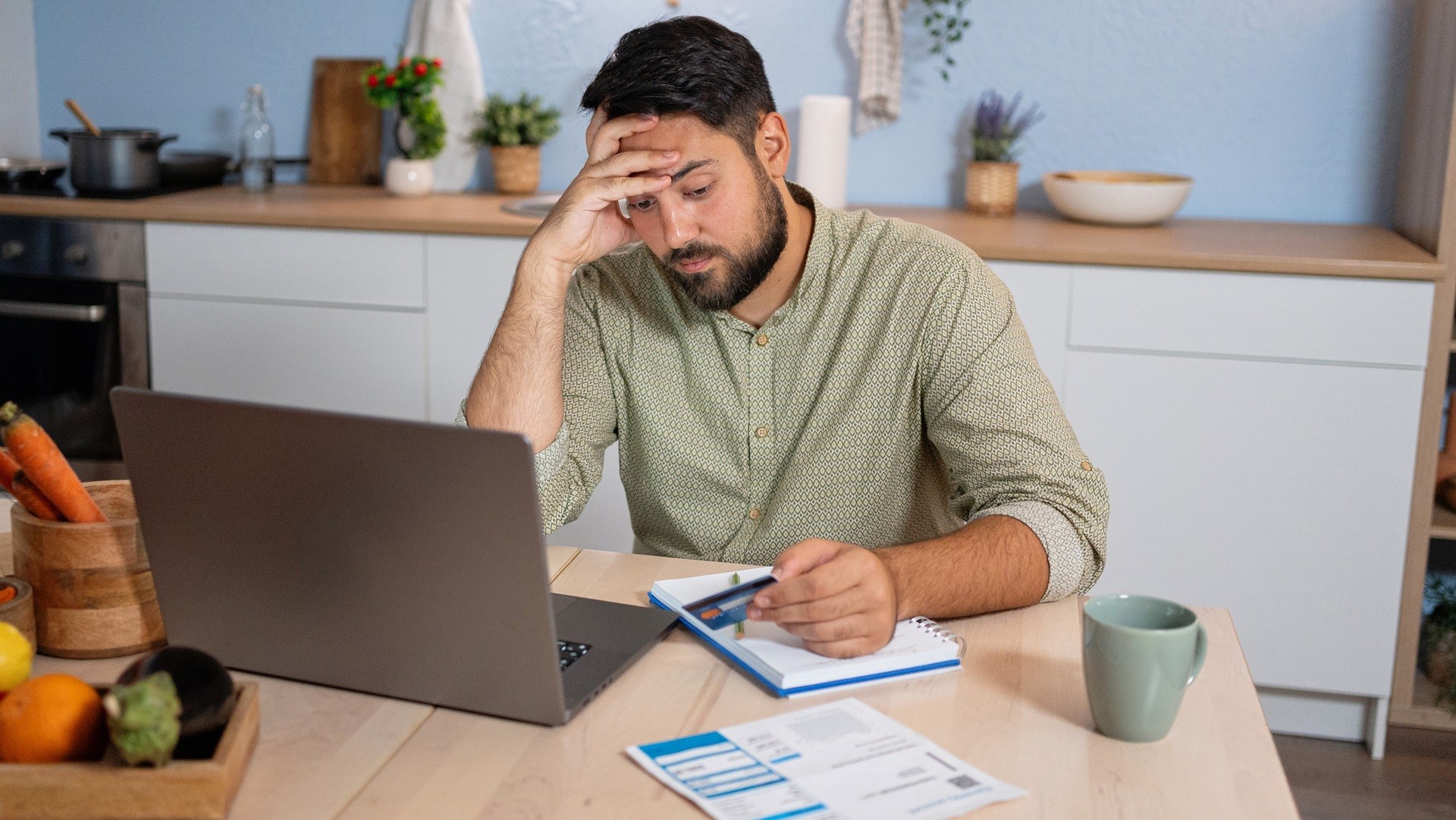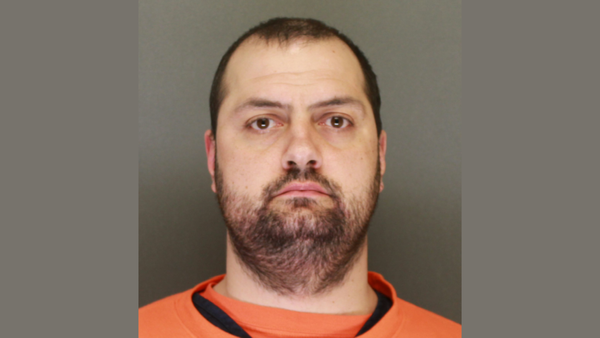
When it comes to borrowing money, not all debt is created equal. According to Ramsey personalities George Kamel and Jade Warshaw, that still doesn’t mean any of it is good. On a recent episode of “The Ramsey Show,” the two ranked debt from worst to least harmful.
Read Next: 6 Ways To Lower Your Student Loan Debt Interest Rate
Explore More: I'm a Retired Boomer: 6 Bills I Canceled This Year That Were a Waste of Money
Starting with payday loans, which you should absolutely avoid, and ending with medical debt, which can sometimes be unavoidable, here is a ranked list of what types of debt are the worst.
Also see the key barriers standing in the way of paying off debt.
Payday Loans
“If we have a spectrum here, I think the worst is payday loans,” Warshaw said.
Payday loans are highly predatory loans that can trap borrowers in cycles of repayment. Typically only small dollar amounts are involved, usually under $500, per the Consumer Financial Protection Bureau. However, these loans can be very costly because effective interest rate can be 300% or 400%, Kamel noted.
Check Out: Do Your Student Loans Affect Your Credit?
Buy Now, Pay Later Plans
Warshaw said she considers buy now, pay later (BNPL) plans just as dangerous as payday loans because of the potential for developing negative spending habits. BNPL loans can normalize borrowing for everyday purchases, encourage overspending and create a pattern of dependency on debt.
Credit Cards
The next on the list was credit cards, with the experts highlighting their predatory nature and high interest rates.
High interest rates and easy access make credit cards one of the most common and damaging forms of unsecured debt. As reported by LendingTree, citing Federal Reserve data, Americans hold a total $1.209 trillion in credit card debt as of the second quarter of 2025, and 46% of adults carried a credit card balance for at least a month in the past year. And the rates aren’t favorable, with an average APR in the second quarter of 21.16%.
Car Payments
“The car payment is what keeps you average. It’s what keeps you broke,” Warshaw said. And Kamel noted that this is one of the worst types of debt for the middle class.
While technically secured by a vehicle, car loans are tied to a rapidly depreciating asset. According to Kelley Blue Book, your car can depreciate around 30% over the first two years. And many people will get a new car and a new payment as soon as they pay off their current car.
“It’s just keeping you from building wealth,” Warshaw said.
HELOCs
The experts brought up home equity lines of credit (HELOCs) later in the video, noting that they’re also a middle-class trap.
Many homeowners use HELOCs to fund renovations, pay for vacations or to pay off other debt. This is risky because if you miss a payment, you could lose your home.
Student Loans
The experts explained that the next on the list was a toss-up between student loans and 401(k) loans, but first focused on student loans and especially parent PLUS loans.
While student loans may be necessary if you’re pursuing a college degree, they can create both financial and relational strain. Parents often take on large balances at high interest rates, expecting their children to help repay them, which is an assumption that can lead to conflict.
401(k) Loans
With 401(k) loans, borrowers essentially pay interest to access their own retirement savings, which stops investment growth and risks penalties. If you took out a 401(k) loan and then left your job, you may have had to repay a 401(k) loan quickly, according to Fidelity. If you couldn’t, you’d owe taxes and pay a penalty if you’re under 59 1/2. And you’d also lose investment growth on the money you borrowed.
“It’s just probably one of the most painful types of debt that you could take out,” Warshaw said.
Medical Debt
While still a burden, medical debt is usually unintentional and easier to settle than other types, according to Kamel.
It often arises from emergencies rather than lifestyle choices, so it may not be avoidable. “People aren’t choosing to go into medical debt,” Kamel said.
Also, you may be able to negotiate with your provider or a debt collector to pay less than the full bill.
The Bottom Line
For Kamel and Warshaw, debating which debt is “worst” is a bit like ranking gas station bathrooms, because none of them are good. The real takeaway is that any debt that drains your income and forces you into monthly payments will hold you back from building wealth.
The experts’ advice is clear: Avoid debt whenever possible, focus on changing the habits that cause it and don’t be fooled by consolidation schemes that simply shift the balance from one place to another. As Warshaw put it, “No matter how you slice it, if it’s stealing your income … it’s not good.”
More From GOBankingRates
- 3 Luxury SUVs That Will Have Massive Price Drops in Summer 2025
- Proven Ways Small Business Owners Are Protecting What They've Built
- 8 Common Mistakes Retirees Make With Their Social Security Checks
- 7 Ways To Tell If You're Rich or Middle Class -- It's More Than Your Paycheck
This article originally appeared on GOBankingRates.com: Are Some Types of Debt Worse Than Others? 2 Ramsey Experts Weigh In







